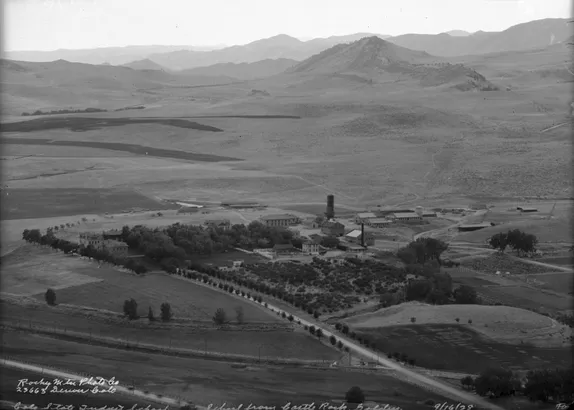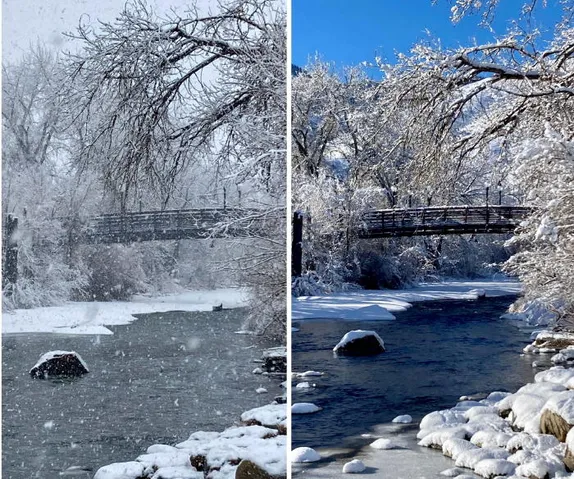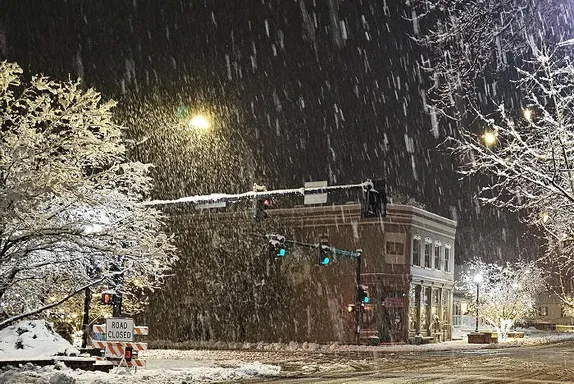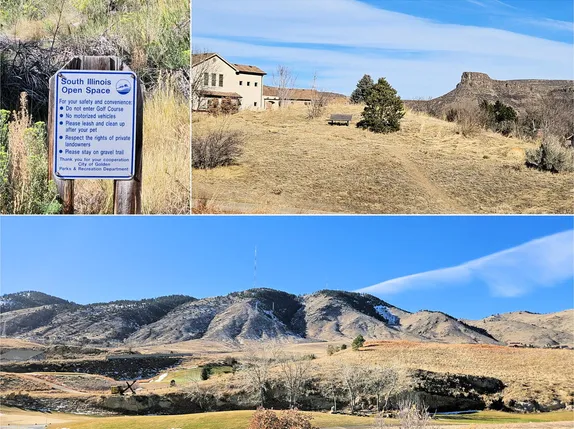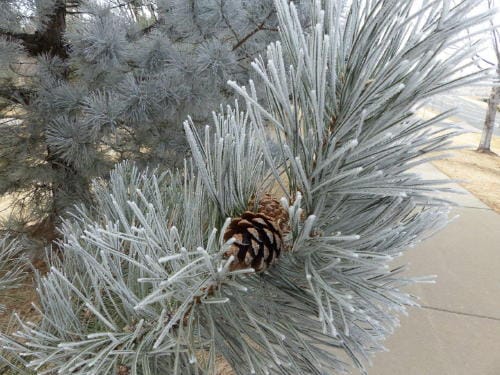
COVID Updates

Appointments to Get the COVID Vaccine (Eligibility)
State of Colorado’s Find Out Where You Can Get Vaccinated page
Safeway | King Soopers | Lutheran Medical Center | JCPH Clinic in Arvada (70+ only)
State Hotline to answer questions, including location of vaccine providers: 1-877-268-2926. It is staffed 24 hours a day.
Golden Testing Sites
Mines COVID Testing | Jeffco Fairgrounds COVID Testing
Jefferson County Case Summary:
Cases in Jeffco – Weds: 35,545| Thurs: 35,815 (+270)
Deaths in Jeffco – Weds: 725 | Thurs: 725 (unchanged)*
Currently Hospitalized in Jeffco – Weds: 31| Thurs: 34 (+3)
Known Cases in Golden – Mon: 1442 | Thurs: 1459 (+17)
Recovered – Weds: 33,876 | Thurs: 33,972 (+96)
*UPDATED – an earlier version of this post showed the number of deaths going down, from 726 to 725
More Public Health References
School of Mines COVID-19 case page. | Sign up for exposure notifications | CDC | Colorado | Jefferson County | City of Golden
Virtual Events
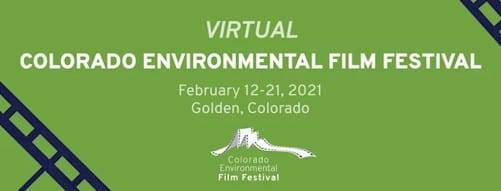
Colorado Environmental Film Festival Begins
6-6:55AM Virtual HIIT
8:30-9:30AM Virtual Power Training
10:30-11:15AM Play and Learn with the Library
10:30-11AM Mental Fitness Fridays
4-5PM Friday Crafternoons – Stuffed Heart Valentines
Real World Golden
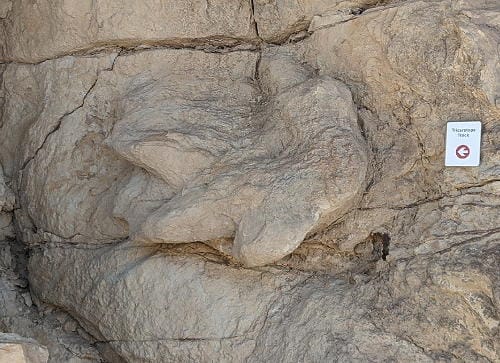
LIVE MUSIC TONIGHT:
6PM Mike Heuer at Golden Moon Speakeasy
Golden History Moment
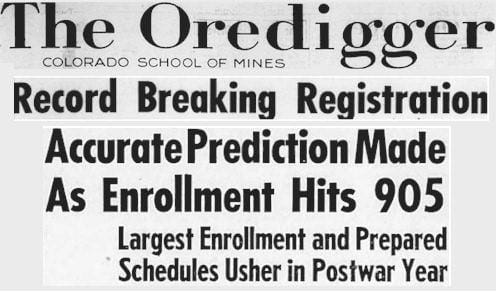
75 Years Ago
The February 12, 1946 Oredigger (the School of Mines newspaper) proclaimed that “Field House Dwellers Are Well Satisfied with Trailer Homes.” World War II had ended the previous year, and the GI Bill made it possible for millions of returning soldiers and sailors to attend college. Many of them chose the Colorado School of Mines, which instantly found itself with an acute housing shortage. Returning veterans were older than traditional students, and many came with wives and children.
Trailers were a popular solution. They were private, relatively inexpensive, and temporary. But where to put them? Some Golden residents allowed trailer owners to rent space in their yards, but the trailers did not come with plumbing, so renters had to share the homeowners’ sanitary facilities.
The School of Mines found places on campus to squeeze in trailer camps–on the football field, the drill field, in spaces between the campus buildings, and several inside the field house. The athletes were a bit disgruntled at losing their practice spaces, but some of the “do it for the war effort” spirit still lingered, and everyone knew it wouldn’t last forever.
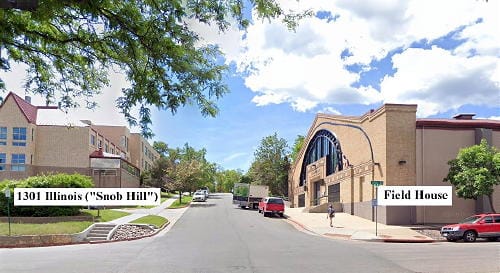
In the spring of 1947, the most desirable trailer encampment was located at 1301 Illinois Street. The seven families who lived there had a little more space between trailers than other trailer parking spaces did. Each trailer had a small garden; they shared clothes lines, and the residents had cooperated to bring in gravel to make walkways. Each trailer had its own butane tank for cooking, but the group bought kerosene (for heating) by the barrel, because it was cheaper. The school provided electricity and they all shared a common tap located between the trailers. The one drawback was that they had to go across the street to the field house for bathroom facilities. The residents counted it worth that inconvenience. That collection of trailers was affectionately referred to as “snob hill.”
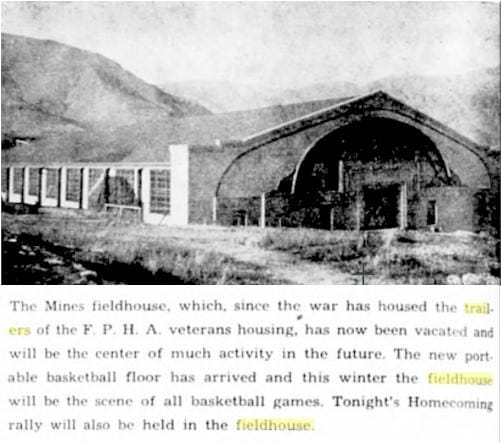
This Elysian existence didn’t last long. By the fall of 1947, the School needed that plot to park construction equipment as they were building a new power plant. At the same time, the field house was returning to athletic use and the Snob Hill dwellers were no longer allowed to use the field house bathrooms. They moved as a group to a pair of empty lots across the street, owned by one of the professors. They worked together to install water and sewer lines, and shared a common bathhouse.
In the meantime, President Parks was able to obtain some war surplus building material and the School used that to begin building Prospector Park–married student housing. Gradually, the post-war housing crisis was eased.

